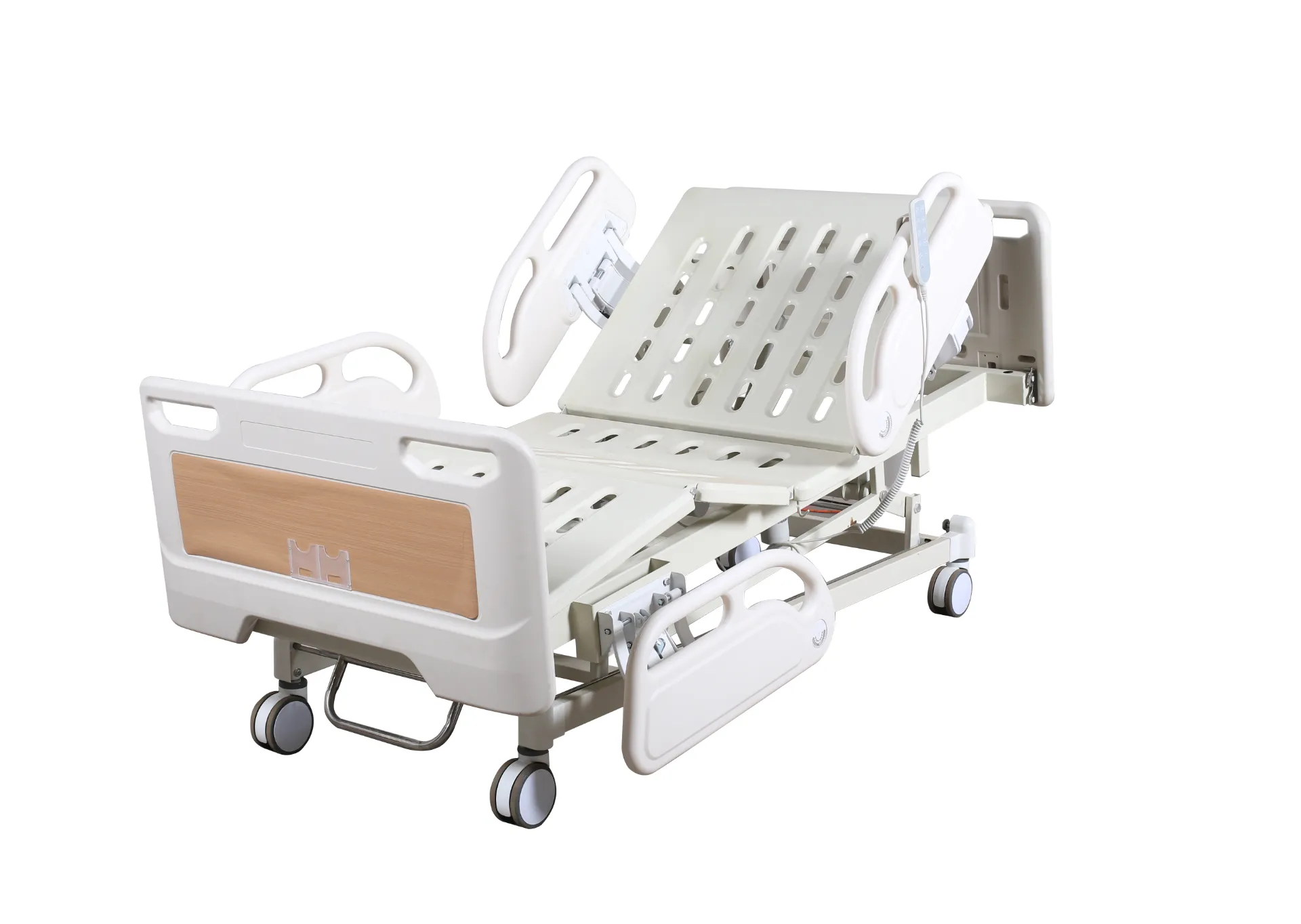Welcome to our websites!
electric wheelchair width
Understanding Electric Wheelchair Width A Comprehensive Guide
Electric wheelchairs are essential mobility aids for individuals with mobility impairments, providing independence and enhancing quality of life. One of the critical factors to consider when selecting an electric wheelchair is its width. The width of the wheelchair affects maneuverability, comfort, and accessibility, making it an essential consideration for users and caregivers alike. In this article, we will delve into the importance of electric wheelchair width, its implications, and tips for selecting the right size.
Why Width Matters
The width of an electric wheelchair plays a significant role in determining its usability in various environments. A narrower chair may offer enhanced maneuverability, allowing users to navigate tight spaces, such as narrow hallways or crowded rooms. On the other hand, a wider chair can provide added comfort and stability but may be less versatile in confined areas.
1. Maneuverability For users who live in urban environments or frequently visit places with limited space, a wheelchair with a smaller width is beneficial. Models ranging from 22 to 24 inches in width are typically suitable for indoor use, enabling smoother navigation through doorframes and crowded areas.
2. Comfort and Stability Wider electric wheelchairs, some measuring up to 30 inches, can accommodate larger users or those requiring extra space for comfort. These models often include additional support features, helping maintain a balanced posture while providing enhanced stability during movement.
3. Accessibility Consideration of wheelchair width is crucial for accessibility in public spaces, homes, and vehicles. Many public buildings, including restaurants and stores, are designed with specific measurements for doorways and pathways. Therefore, selecting an appropriately sized wheelchair ensures that users can enter and navigate these spaces without difficulty.
Selecting the Right Width
electric wheelchair width

When choosing an electric wheelchair, several factors should be considered relative to width
1. User Measurements It's vital to measure the user’s body dimensions before purchasing a wheelchair. The seat width should allow for comfortable seating without squeezing the user. Typically, the seat width should be about 1-2 inches wider than the user’s hips for optimal comfort.
2. Environment Consider the most common environments where the wheelchair will be used. For example, if the user plans to mostly navigate indoors or in tightly spaced areas, a narrower model is advisable. Conversely, for outdoor use and where stability is crucial, a wider wheelchair might be the better choice.
3. Future Needs It’s essential to project any potential changes in the user’s needs. If weight fluctuations or changes in mobility might occur, it’s prudent to select a wheelchair that allows for adjustability in features such as seat width or depth.
4. Trial and Error Whenever possible, it is recommended to test out different wheelchair models. Many suppliers offer the chance to trial different sizes to find the best fit before committing to a purchase.
Conclusion
The width of an electric wheelchair is a crucial aspect that significantly influences the user’s experience. Understanding the implications of width on maneuverability, comfort, and accessibility can help you make an informed decision when selecting the right wheelchair. By considering user measurements, the environments in which the wheelchair will be used, and future needs, you can ensure that the chosen model meets the user's requirements effectively.
Ultimately, the right electric wheelchair width enables greater independence and freedom, empowering users to navigate their world confidently and comfortably. Whether for everyday use or special outings, selecting the proper width contributes to a more enjoyable and fulfilling experience.
-
Transforming Healthcare with Hospital FurnitureNewsJun.24,2025
-
Rehabilitation EquipmentNewsJun.24,2025
-
Mobility and Independence with WheelchairsNewsJun.24,2025
-
Freedom of Mobility with Our Rollator WalkersNewsJun.24,2025
-
Comfort and Independence with Commode ChairsNewsJun.24,2025
-
Bathing Safety and Independence with Shower ChairsNewsJun.24,2025
-
Navigating the Wholesale Landscape of Electric Mobility Solutions: Key Considerations for Power Wheelchair DealersNewsJun.10,2025











